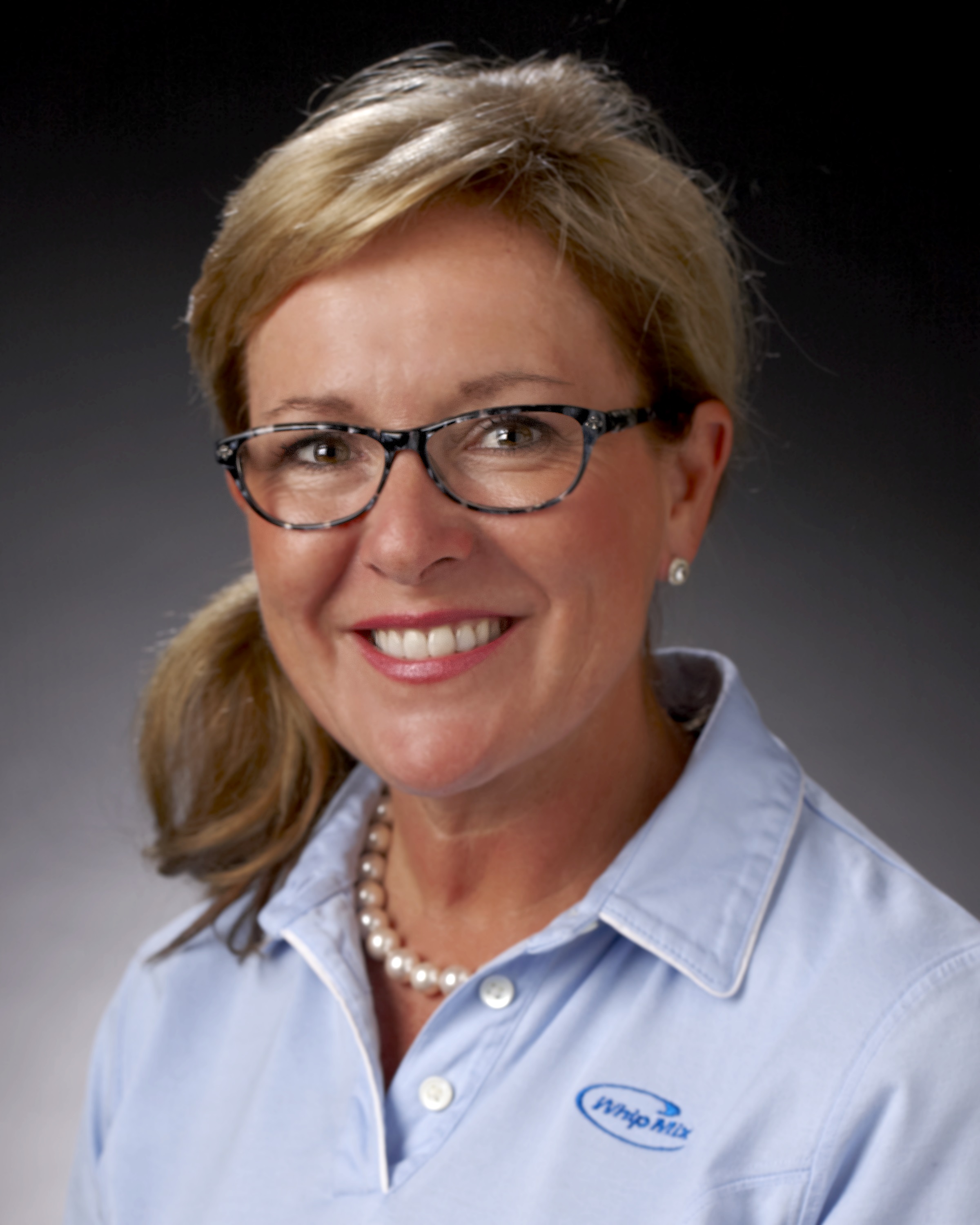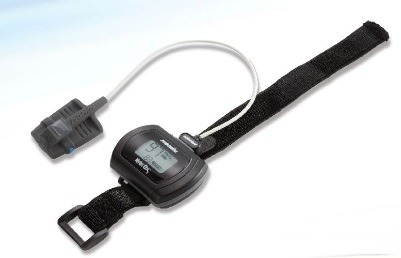You may not suffer from allergies, but many do. It’s Spring time, and Spring may be a difficult time to sleep, but why? Allergies may be just one of many reasons. Whatever the case for not sleeping, sleep related disorders & airway issues are increasingly becoming a major part of the dental service. What are you doing in your practice to screen for sleep related disorders? You may or may not be aware that the ADA has recently recommended that patients be screened for airway issues. That can mean having the patient fill out a questionnaire, begin home sleep monitor screening, or simply referring them to a sleep professional. But, it always starts with a conversation with the patient.
It is easy to incorporate a questionnaire (and there are plenty on the web to use) that will help you begin the conversation with the patient. Many states differ on the type of screenings you have at your disposal, so do your research. Know what they are before you start.
The referral route is the easiest to begin with, especially if you are trying to establish a sleep practice. That’s because in the beginning, you want the medical team on your side, while you are gaining confidence in what you are doing. It’s better to take baby steps to protect you, your patient and educate your team.
The first things to understand is how important airway issues are on your patient, how they affect their oral health, and even their overall health. What patients understand and fear about sleep related issues is that everyone gets a CPAP, and they don’t want one. You and your team can educate the patient on bruxism, and let them know that they potentially could benefit from treatments for bruxing, snoring, or apneas without having to use a CPAP.
Check out the Webinar How to Implement Sleep Medicine to see how your practice and your patients may benefit from this fast-growing specialty.











Leave a comment